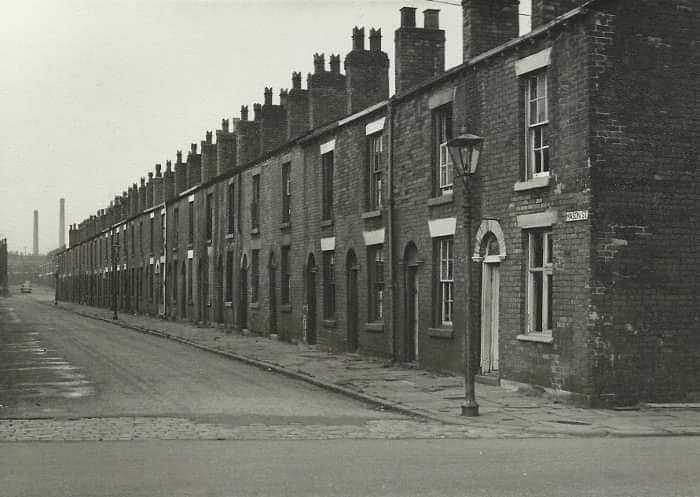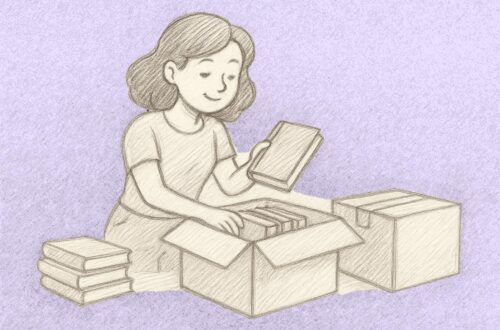Euxton in Lancashire was home to two of Lancashire’s oldest Catholic families, the Andertons and the Molyneuxs. The Molyneuxs were the biggest landowners in the area, while the Andertons initially leased and later purchased Euxton Hall from them.
One branch of my maternal family, the Higginson were Catholics from Euxton who worshipped in secret at Euxton Hall during Catholic persecution in the 17th century.
Euxton Hall History
- 1489 – Hugh Anderton (1466 – 1503) took a lease of Euxton Hall from the Molyneux family.
- Early 16th century – new manor house built by James Anderton (? – 1551)
- 1564 – records show that James’ son, Hugh Anderton (1516 – 1566) was not prepared to change his religion to Protestant, and the Anderton family became one of the most diehard Catholic families in Lancashire.
- 1627 – Hugh’s grandson, also named Hugh (1600 – 1670) purchased the freehold to Euxton Hall. However he was a staunch royalist and as such found himself imprisoned and his lands were confiscated during the commonwealth years.
- 1660 – following the restoration of the monarchy, Hugh was able to reclaim his lands.
- 1670 – Hugh died and William Anderton took over the running of Euxton.
- 1687 – William Anderton was one of the Catholics appointed as Justice Of The Peace by James II.
- 1715 – William’s son, Hugh (1673 – 1721) joined the Jacobite Rebellion, he was convicted of treason and outlawed in 1716. The estate at Euxton was seized and auctioned off by the Crown, but was bought by family members keeping the estate intact.
- Hugh’s son, William (1708 – 1744) rebuilt the hall on a grand scale. Despite the restrictions placed on Catholics at the time, the family continued to amass a significant wealth.
- 1763 – William Anderton (1739 – 1811) inherited the estate. A few years later he married Frances Sonieski Ince, heiress of another wealthy Catholic family, the Inces of Ince Hall. William and Frances lived at Ince Hall instead of Euxton.
- 1818 – William and Frances son, William Ince Anderton sold Ince Hall and moved the family back to Euxton. He rebuilt the Catholic chapel that adjoined the hall.
- 1848 – 1850 – William Michael Ince Anderton rebuilt Euxton Hall and in 1865 contributed to the building of a new Catholic church, St Mary’s, in the village and a new chapel in the grounds of the hall for the family’s use.
William married Lady Emma Frances Plunkett and the couple had 3 sons, but this was were the male line petered out, their eldest son married but had no sons and the younger two didn’t marry. - 1927 – Euxton Hall and the estate were sold by Sir Frances Anderton. Shortly afterwards the house was seriously damaged in a fire. The new owner, Peter Reid, had the hall reconstructed as a smaller single storey house.
- 1982 – The hall was bought by a private hospital company and the chapel was de-concecrated on 24 July.
- 2004 – the former chapel was turned into a private residence.
St Mary’s Catholic Church, Euxton
There has been a Catholic church in Euxton since at least the 1500s. Following the Reformation, and from the persecution of Elizabethan times, Catholics in Euxton practised at Euxton Hall, the manor house of the Molyneux and the Anderton families, initially in a room in the hall and later in a building attached to the hall. In 1865 St Mary’s Catholic Church opened in the village.
- 1500s – The Molyneux family of Euxton founded a Catholic church in the village (which is now the Anglican parish church).
- 1524 – James Anderton of Euxton founded a Chantry at the Chapel Of Euxton for a priest to pray for the souls of himself and Agnes, his wife (Historical Notices Of The Diocese Of Chester).
- The chapel in Euxton remained Catholic long after the Reformation because ownership was held by the Molyneux family rather than the Catholic Church. However, few services took place in the chapel and it gradually fell into some disrepair. Ownership was finally transferred to the Church Of England in 1718.
- 1630 – the earliest recusants under penal law in Euxton.
- 1687 – restrictions on Catholics were temporarily lifted and 1138 Catholics were Confirmed at Euxton Catholic Chapel by Bishop Leyburn.
- 1718 – the earliest records from a Catholic Mission in Euxton, when a chapel was opened in a room at Euxton Hall to allow for the concealment of the fact it was being used for Catholic sacraments.
It was recorded in ‘Our Country Churches And Chapels’ as, “a small room, up some back steps, in the north-west corner of the old building. It was often altered and enlarged as occasion required until a new chapel was built in 1817, at the south-east corner, by public subscription.”
However, ‘Landed Families Of Britain and Ireland’ reports that, “For a time the family had masses said in a room in the house, but Fr. Thomas Anderton (1675 – 1741) created a new Catholic Chapel adjoining the hall, which was rebuilt by public subscription in 1817”, which implies that a chapel existed at the hall before 1817. Other accounts, including the appeal made by William Ince Anderton for subscriptions to build a new chapel in 1816 and Slaters Directory in 1864, state that the chapel adjoined Euxton Hall prior to 1817. - 1739 – Euxton Hall was rebuilt.
- 6 October 1791 – Euxton Hall Chapel registered as a Catholic church under the Roman Catholic Relief Act of 1791.
- 1817 – a new chapel was built at Euxton Hall. The parish priest was Rev. Joseph Higginson (1761 – 1846) – he remained at Euxton until 1845.
- 1853 – by now the 1817 chapel had become too small for the congregation. The newly created diocese decided that a new church, priest’s house, school teacher’s house and cemetery were required.
- 1864 – Land in the village was acquired for the new church and plans were being drawn up by Fr. John Worthy.
- 29 October 1865 – The current church of St Mary’s opened.
Parish records
St Mary’s church website has a section containing transcripts of their parish records.




